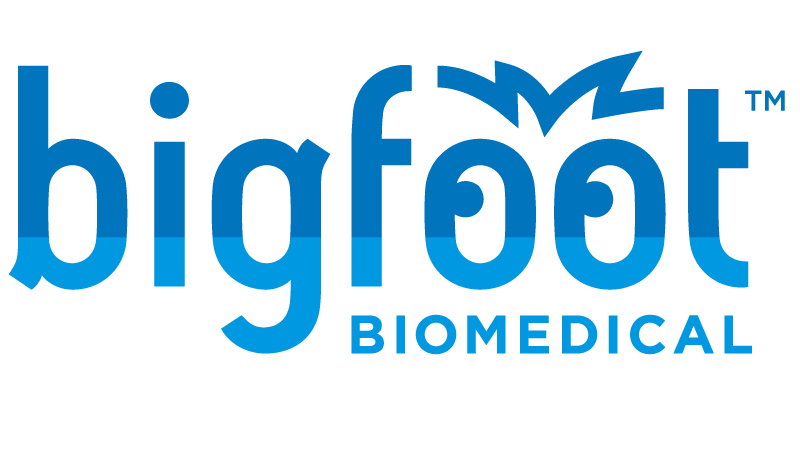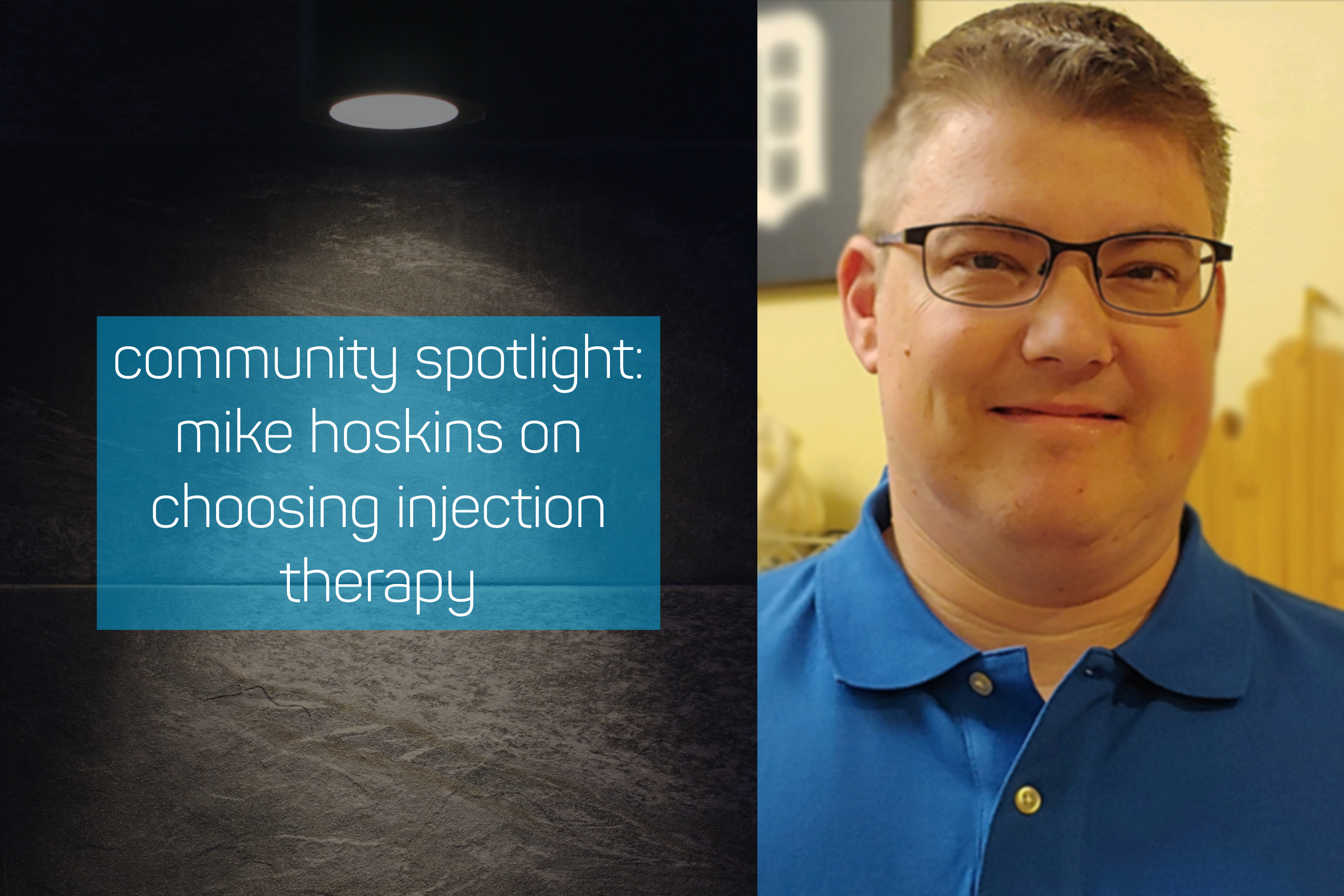This week, during our November celebration of our community, Bigfoot talks with Mike Hoskins, managing editor of DiabetesMine, and person with type 1 diabetes since 1984. Mike writes at the intersection of diabetes advocacy and technology and also has a personal blog at The Diabetic’s Corner Booth.
Bigfoot: Can you tell us about the tools and therapies you used when you were first diagnosed? When was that and what were the challenges?
Diagnosed as a young child in 1984, both human insulin and fingerstick glucose meters were pretty new to the market. With my mom living with T1D herself since childhood, I had a good amount of institutional knowledge and it was then that she got her first (and my first!) meter. It was one of the early "brick" meters, which was pretty much the size of an actual brick and quite heavy by comparison to today's technology. You had to put on a huge drop of a blood using one of the older finger-pokers that some of us refer to as "the guillotine," and then wait a couple minutes and wipe the blood off the test strip. Because that was all so new, that meter was also the only one we had and it wasn't very compact or portable so it lived at home. I also still did use urine-test tape in those early years... and I actually still have a container in my collection. It expired in 1987. The insulin in those days was "novel" when compared to the animal insulin, which I used very briefly after my diagnosis but soon switched over to Lilly's Humulin R (Regular) and L (Lente) brands, and eventually UL (Ultra Lente). I began on a couple shots a day, and through my teen years that went as high as five shots a day at one time. Diabetes management back then also meant following a strict schedule and diet, and there wasn't mainstream carb-counting as there is now once analogue insulins were introduced in the late 90s. I didn't start on an insulin pump until my final year of college in 2001, and my regular CGM use didn't begin until about 2013.
Bigfoot: You write about diabetes technology for a living now. As you adopted more advanced diabetes technology for yourself, like pumps and continuous glucose monitors, what was that experience like for you?
Yes, diabetes tech is one of the many things I write about and cover. I had been on an insulin pump for many years before joining the Diabetes Online Community (DOC) or starting at DiabetesMine, so I had that frame of reference. While I'm amazed and so grateful for the advances in D-tech we've seen over the years, I am often a creature of habit and don't like abandoning what's demonstrated to work for me. I have tried a few different pumps over the years, and am usually not impressed enough to buy them or use beyond that trial period; when I have, it doesn't usually last long. I did start using Nightscout for CGM data-sharing in 2013, but that's as much as I'm comfortable adopting within the expanding Do-It-Yourself movement. Interestingly, my mom (who has six decades of T1D under her belt) uses more advanced tech than I do and she's on a DIY closed loop system. Like I said, it's all personal and Your Diabetes May Vary (YDMV).
Bigfoot: You made the decision to stop using an insulin pump and return to an injection regimen several years ago. What prompted you to make that choice? What was the switch like, both in the short term and, later, as it became your new normal?
In 2016, when I began to see insulin pump companies making exclusive deals with insurance plans that restricted insulin pump choice for users, I decided that I could not in good conscience continue as an insulin pump customer. Over the years, I had taken some “pump hiatuses” ranging from weeks to months, and I happened to be taking a pump break at the time that those exclusive deals began to come to light. I did not plan for this to be a permanent treatment decision, and I wanted to explore other devices later on. As it turns out, my use of insulin pens and Afrezza inhaled insulin worked out better than I was expecting and I haven't gone back. It's now been over 3 years, and with discontinued devices and the latest technology, nothing has convinced me that it would be better than my current Multiple Daily Doses (MDD). While I remain curious about future closed loop systems, I'm waiting to see what materializes before deciding what's next. And I also have no interest in building my own closed loop system, because that's just not my personal cup of tea. I've been and remain a huge fan of insulin pump therapy and closed loop systems, but firmly believe it's YDMV as to treatment decisions. Find whatever works best for you.
Bigfoot: What do you find you prefer about a multiple daily injection regimen? Is it different than when you were initially diagnosed?
Overall, it's just less fuss. Freedom of not being connected to a device with tubing all the time. More comfort in knowing that the insulin's actually going into my system, whereas with a pump there could be an infusion set or site issue, tubing problem, or device error -- on top of insulin quality, absorption, or just some other random diabetes effect. Over the years, I have often noticed that the ease of insulin pumping with quick bolusing can spoil me and make me lazy. "Oh, I can just hit a couple buttons and dose for that!" With injections or Afrezza, it's an additional thought built in before I eat or drink something to decide whether it's worth it. That has helped me be more disciplined in my diabetes management. And let's not kid ourselves: Shots are not painful anymore for the most part, though at times you can hit a nerve or it's a bit more noticeable (just as an infusion set insertion can be). Of course, there are also the small benefits of not having that pump alarm fatigue, and not having to worry if another device beyond my CGM is charged, if I have enough supplies that cost a lot of money.
Bigfoot: What would you like to see in terms of innovation for people using injection therapy? What would be important to you personally? What do you think would be important for the broader population of people with insulin-requiring diabetes?
Connected insulin pens that eventually could get weaved into a closed loop system, offering a non-pump option for those wanting that type of automatic device. Obviously, access and affordability are critical issues in the D-Community and broader healthcare world. That impacts diabetes tech and tools, as well as the very insulin we need regardless of the delivery method. With so many unable to access or afford these new advances in technology, I do believe that insulin pens are almost a more affordable option -- assuming the companies developing connected pens don't price-gouge them for profit. People with all types of diabetes deserve access to what works best for them, and those who may not want or need an insulin pump should have the ability to get just as closed loop benefit as those who opt for a pump system.
Bigfoot: What tools or advancements in the insulin injection space are you excited about?
I'm excited about the evolution of connected pens, which are more than just connected to a proprietary app but have the potential of working with other devices and data platforms within this broader D-ecosystem. There are many of us (as mentioned earlier) who don't prefer pumps, whether temporarily or permanently. It's nice that we aren't going to be "after-thoughts" for much longer, and we'll have the same capabilities in some ways as those who choose insulin pumps. Options are what it comes down to, and any company or organization that moves toward that, is winning in my book.
Bigfoot: Do you have any advice for people considering returning to injection therapy after having used an insulin pump?
Once again, Your Diabetes May Vary. Make sure you know what you're doing and talk to a medical professional when considering this and certainly as you make the move. Just because you've done injections in the past, it does not mean that experience will transfer over to the current treatment change. Also, be willing to give it time to make sure you adjust accordingly for the different train of thinking you'll need.
Thank you to everyone for reading and just for being part of the Diabetes Online Community. We're all in this together and I'm happy you are a part of this community. You can find more of my writing on DiabetesMine as well as at my personal blog, The Diabetic's Corner Booth.
Thanks, Mike. We appreciate your perspective and look forward to connecting with you in the future as Bigfoot works to bring our connected insulin pen systems to market.


